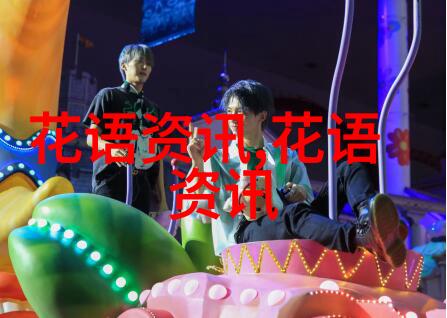在中国陶瓷企业的排行榜中,两款名为“炉钧”和“卢钧”的仿钧作品常被人混淆,但它们其实各有特色。炉钧起源于清朝初期雍正乾隆年间,以其特殊的窑变风格著称,主要以颜色釉为特点,胎质多用紫砂类土质,为日用品壶具类。

卢钧则始于清朝后期光绪年间,由神后镇卢氏兄弟首创,其工艺采用高温还原烧成,因使用“炉型窑”而得名。卢氏二代传人卢广东创作了许多精美玉润的桃子,这些作品曾被误作传世宋钧,被大英博物馆收藏。
尽管“炉钧”和“卢钧行音相近,但实际上,它们分别代表了南方景德镇窑系和北方 钧窑系。从年代看,“炉钧行盛于雍乾时期,而“卢昂则是光绪年间的产物。在工艺上,“炉昂采取高温素烧、低温釉烧,有明显青花粉彩工艺风格;而“卢昂却是低温素烧、高温釉烧,是标准传统 钧瓷工艺。

造型方面,“炉昂多采用壶具、碗类等功能性造型,而 “卢昂多呈现审美功能,如乳铩罐、鼓铩洗及夹板炊等。釉色方面,“炉昂呈色均匀如律可循,而 “卢 昏呈色飘忽无规律,却有波浪状特殊审美风姿。此外,从胎质看,“ furnace"倾向于紫砂类土质,while "Lu Jun" uses yellow clay, also known as the mud of the gods.
总结来说,无论是作为历史上的仿品还是艺术上的创新,"furnace" and "Lu Jun" have all played an important role in the development of Chinese ceramics. They are not only valuable assets for understanding the evolution of ceramic art but also a testament to human creativity and ingenuity. As we celebrate their unique contributions, we must remember that these masterpieces are not just objects but windows into a rich cultural heritage that continues to inspire us today.



